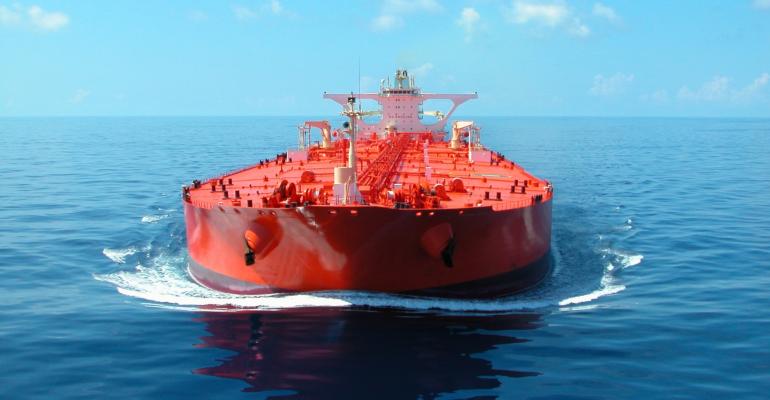A briefing note from Oslo-based energy analysts, Rystad, said that Saudi Arabia, Iraq, UAE, Kuwait, Kazakhstan, Algeria, and Oman will hold the 1.7 million barrels per day (bpd) reduction until the end of June.
Meanwhile Russia, which also set up voluntary production cuts in November – 300,000 bpd for crude and 200,000 bpd for products – has announced the implementation of 471,000 bpd of voluntary cuts now coming from both crude production and crude exports, Rystad said.
To some extent, the market had factored in the extension of cuts during the second quarter. However, the latest news goes beyond those expectations. Rystad said that yesterday’s decision shows a robust determination to defend a price floor above $80 over the second quarter.
There are mixed signals for tanker owners. According to New York broker Poten & Partners, it wasn’t until Russia’s invasion of Ukraine that tanker rates picked up markedly after the pandemic. Sanctions on Russian exports scrambled global trade flows, Poten said, and the limitations of Russian export infrastructure boosted Aframax and Suezmax ton-mile demand relative to VLCCs.
Following the post-pandemic recovery, VLCC demand from the Arabian Gulf stagnated from October 2022 onwards, as Middle East producers, notably Saudi Arabia, began to cut back production and exports. The analyst noted that this was in response to rapid growth in non-OPEC production.
The Arabian Gulf’s market share had increased from 50% of total VLCC ton-mile demand in early 2021 to 60% during the autumn of 2022. However, it then fell back to 52% by the middle of 2023.
This was the result of export growth from the Gulf of Mexico, mainly the US, which increased to 20% of global VLCC ton-mile demand in 2023, up from 13% in 2021. More export growth was also evident from South America where exports from the east coast represented 9% of the VLCC ton-mile total, up from 6%.
The outlook is complex but Poten expects oil demand growth to be modest – in the 1-1.5 million bpd range for 2024 and 2025. But the analyst pointed out that ton-mile demand growth also depends on distances and growth in US exports has been an important feature of today’s market.
The focus of oil demand growth in Asia is expected to switch from China to India, Poten said. This will support the Suezmax and Aframax sectors, rather than VLCCs. China imports 74% of its crude oil on VLCCs whereas import trades to India are centred on the smaller sizes.
However, the small VLCC orderbook for this year and next is likely to support strong VLCC rates for the moment. But a spate of new VLCC deals have been concluded recently, despite high prices and relatively long lead times.
“We are not in the danger zone yet, but an acceleration of VLCC ordering would put a sustained market recovery in jeopardy,” Poten warned.
Copyright © 2024. All rights reserved. Seatrade, a trading name of Informa Markets (UK) Limited.
Add Seatrade Maritime News to your Google News feed.  |

